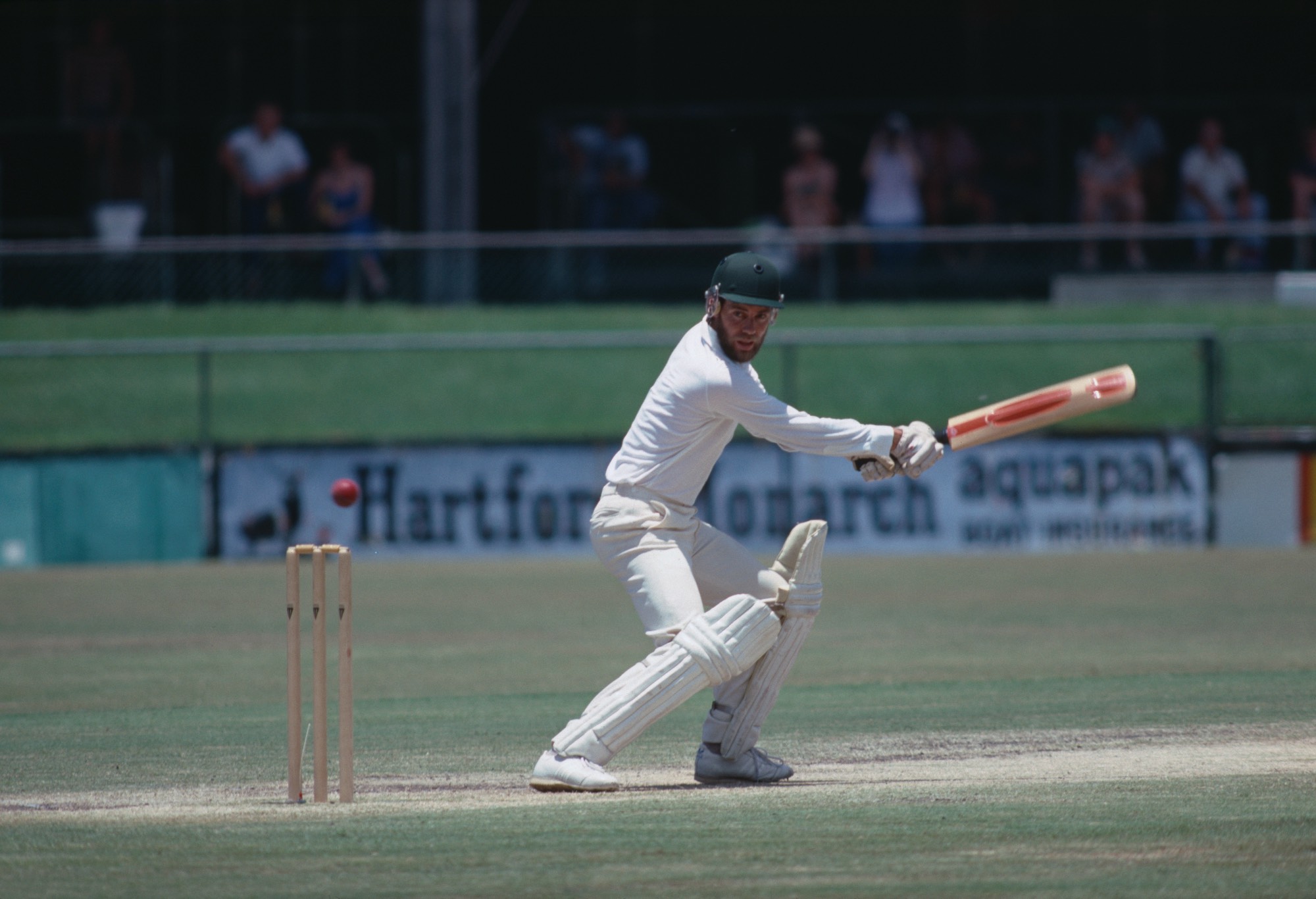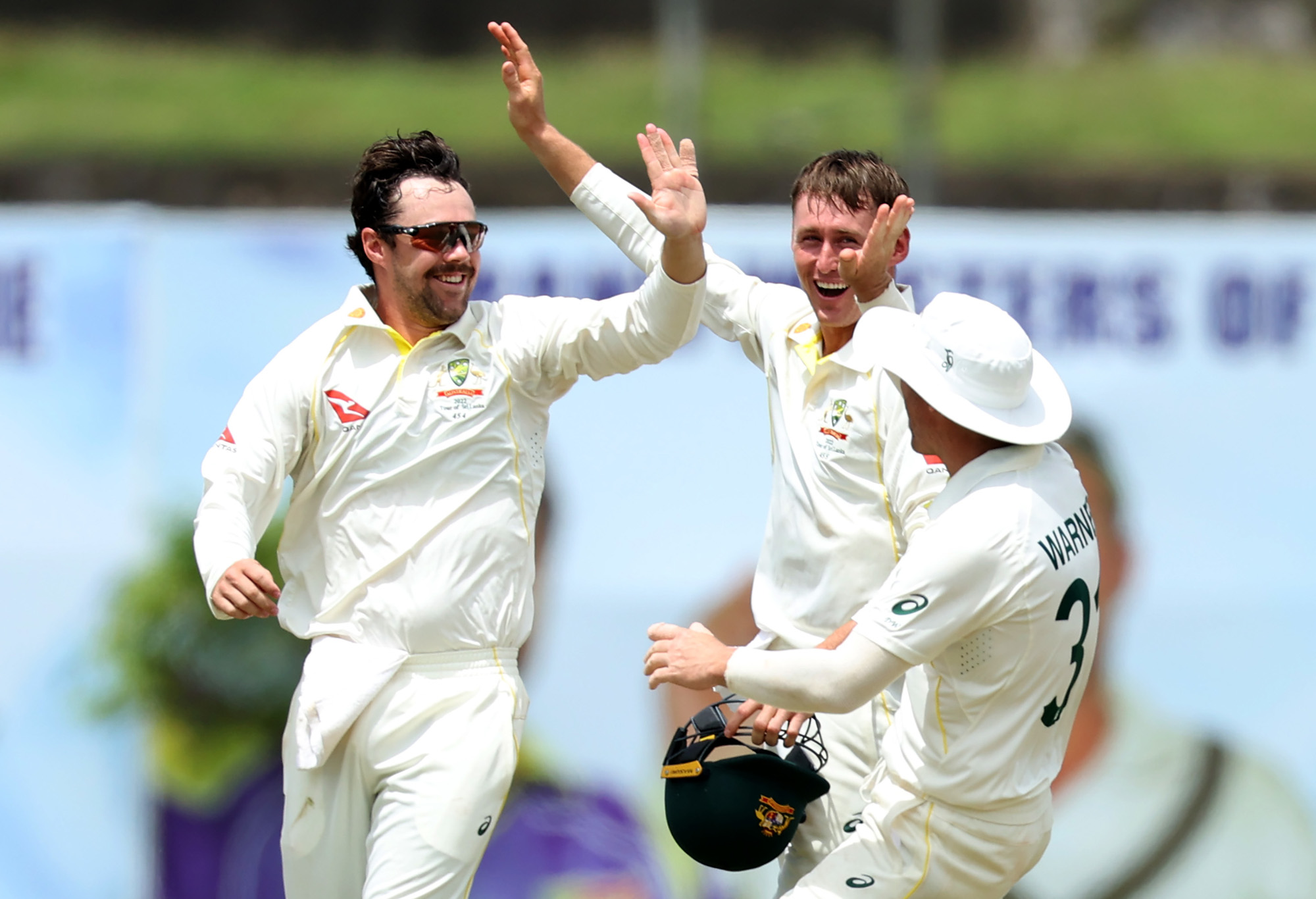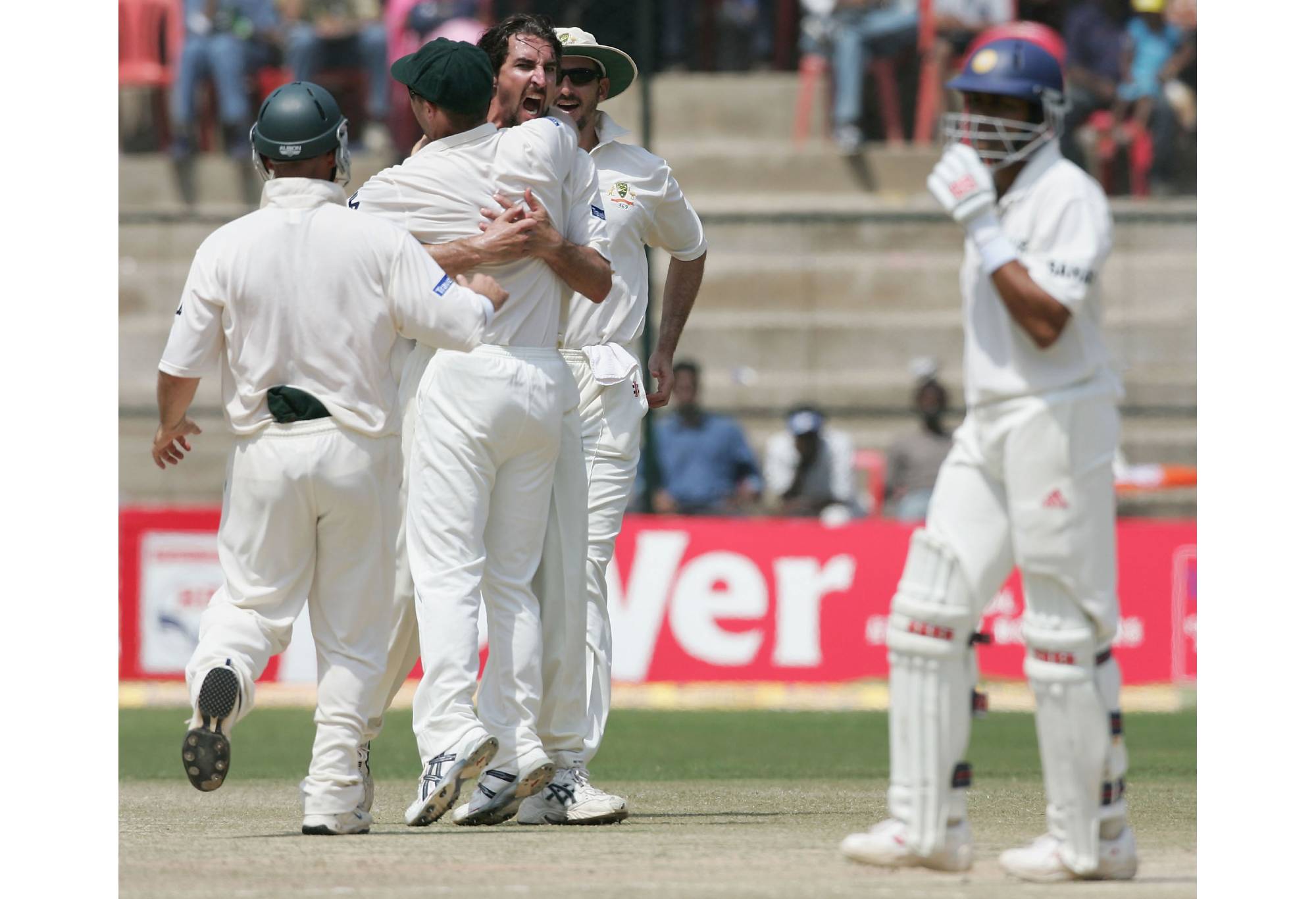South Australia recently named their greatest cricket side ever, and the likes of Barry Richards, Don Bradman, Clarrie Grimmett, and Garfield Sobers are among those chosen.
However, under the State of Origin rules, none of them are eligible to play for the ‘Wine State’.
The lack of Sheffield Shield success is telling as the team lacks the depth of other states but does possess top-end quality that makes it quite formidable.
Clem Hill: With his crouching stance and unusual grip, where he held the bat low on the handle, Hill from Adelaide was one of the best batsmen of his era. He had the ability to be patient and defend or score runs, especially on the leg side. He captained Australia 10 times and ended his career with the record for the most runs ever; he was also the first man to score 1,000 runs in a calendar year. A grandstand at the Adelaide Oval bears his name as a testament to his impact on South Australian cricket.
Greg Blewett: A player with significant highs and lows, Blewett had to wait for his chance to wear the baggy green and repaid the selectors’ faith with back-to-back centuries to start his career. He also scored three centuries in his first three Ashes Tests. His partnership with Steve Waugh, which accumulated 385 runs in Johannesburg, where they played the entire day, is probably the most iconic moment of his Test career. Blewett could even bowl medium pace and contribute when called upon. However, he struggled against spin and never fully overcame this issue despite his talent.
Ian Chappell (C): One of the most polarizing players ever, Chappell was an exceptional captain key in transforming cricket into a professional sport, being a significant member of World Series Cricket. His frank and direct nature led to many confrontations, the most notable being his feud with British all-rounder Ian Botham. His approach as captain was simple: “Between 11 am and 6 pm, don’t act like nice guys.” Despite his team being labelled the “Ugly Australians,” Chappell’s brilliance cannot be overlooked. He amassed 14 centuries with an average of 42.42 and took over 100 catches throughout his career.

Australian captain Greg Chappell batting against the West Indies in the First Test at Brisbane Cricket Ground, Brisbane, Australia, 1st-5th December 1979. (Photo by Adrian Murrell/Getty Images)
Greg Chappell: Without question one of the best batsmen ever, Chappell executed every stroke elegantly and had no noticeable weaknesses, which was reflected in him hitting 100s in his first and last Tests, totalling 24 centuries with an incredible average of 53.86. Chappell was also a capable bowler, taking 47 wickets, including one five-for. It is a shame he is often remembered for instructing his brother Trevor to bowl an underarm delivery in the 1981 ODI against New Zealand rather than being one of the top five Australian batsmen of all time.
Darren Lehmann: With his stocky build, this left-hander from Gawler often showcased his flair and power. His unorthodox technique involved stepping back and across toward off-stump before a ball was bowled. He was proficient against spin and played well in the subcontinent. Lehmann mainly played in ODIs, where he scored the winning runs in the 1999 World Cup final. He scored five centuries in 27 Tests, playing in a highly talented era, which limited his opportunities. He was the coach of the Australian side during the “sandpaper gate” controversy in South Africa, although he was later cleared of any wrongdoing.
Travis Head: Head did not play his best when given his first chance for Australia but seized his second chance in the 2021 Ashes series with 85 in Brisbane. His willingness to take the game on, coupled with his moustache, makes him seem like a throwback player from the 80s. Head’s finest moment came in 2023 with two man-of-the-match performances in the World Test Championship – scoring 165 against India and 137 in the ODI World Cup final. He can retire as a legend for those two performances alone.

Travis Head of Australia celebrates. (Photo by Buddhika Weerasinghe/Getty Images)
Alex Carey (WK): A great athlete who almost made it in the Australian Football League (AFL) playing for the Greater Western Sydney Giants (GWS), Carey seemed destined to be lost to cricket before not being offered a professional contract by GWS. His AFL background is evident in his great footwork and ability to lunge as a gloveman, which was showcased in his record 10 catches in one match against New Zealand. Carey can also post handy scores when called upon. He has been a match-winner for South Australia but has not been as consistent for the national team. His name will forever be associated with the dismissal of Jonny Bairstow in the 2023 Ashes Test match at Lord’s.
Neil Hawke: Continuing the theme of having an Aussie Rules background is Neil Hawke, who played for the Port Adelaide senior team. Hawke was described by the great Richie Benaud as the best medium pacer he had ever seen, culminating in him being the leading wicket-taker in the 1965-66 Ashes series. Despite playing cricket for three states and Aussie Rules for two states, and qualifying for the British Amateur Golf Championship, Hawke was one of the most talented sportsmen of his era.
Ryan Harris: Nicknamed “Rhino” due to his large, hulking frame and charging run-ups, Harris’s bowling style was ferocious and led to injuries throughout his career, as larger humans are not supposed to move like that. When on the field, Harris was a true weapon, able to bowl through any batting defence, exemplified by his delivery that dismissed Alastair Cook first ball in the 2013-14 Ashes, regarded as the “ball of the century”. Harris made his debut late at 29 and took nine wickets in his first Test, a microcosm of his career – when available, he was incredible, but his body often failed him.
Jason Gillespie: Forming one-half of the great opening bowling attacks with Glenn McGrath, “Dizzy” was all grit and determination, continuing to bowl long spells regardless of how hot or injured he was. Gillespie’s ability to move the ball considerably led to many swings and misses. His best moment with the bat was his 201* against Bangladesh, a world record for a night watchman. Despite being robbed of more appearances for Australia due to numerous injuries, Gillespie was a key contributor to the great team of the late 90s and early 2000s.

Jason Gillespie celebrates a wicket. (Photo by Hamish Blair/Getty Images)
Tim May: May had a lovely delivery with plenty of hang time and normally hit the right spots. He formed a successful combination with Shane Warne in the 1993 Ashes series, proving to be a very economical bowler and a great “Robin” to Warne’s “Batman.” May’s spell of 5/9 in seven overs against the West Indies in Adelaide was one of the best spinning performances by an Australian. He was never the primary strike bowler but played important roles in all the teams he was part of, including the World Cup-winning 1987 team.
Vic Richardson (12th Man): Continuing the trend of gifted athletes, Richardson represented Australia in cricket and baseball, also playing golf and Aussie Rules for South Australia and winning a state tennis title. He was one of the greatest sportsmen ever and the vice-captain during the infamous Bodyline series. The grandfather of the Chappell brothers, Richardson was one of the few batsmen to hit Harold Larwood for six, a rare feat at the time.
Shaun Tait (13th Man): A fast bowler with lightning pace, Tait didn’t have the most refined action, but it was effective during his limited time. When he was on, it was downright scary to face, but his bowling style made it unsustainable. He would be a great 13th man, used in short spurts in a limited number of matches.
A glaring observation is that this squad has been involved in some controversy, from Clem Hill’s physical fight with a selector to Ian Chappell’s confrontations and feud with Botham, Greg Chappell’s underarm delivery incident, Lehmann’s coaching during the sandpaper gate, and Carey’s run-out of Bairstow.
On the field, this team has a deep and skilled middle order capable of blowing games wide open and a great finisher in Head.
The pace attack, although injury-prone, is deadly when fit. Hill and Blewett are openers who can set up solid scores before the middle order takes over.
The South Australian team turned out to be much better than initially anticipated and will be a tough opponent to beat.
>Cricket News

%20(3).jpeg)




0 Comments